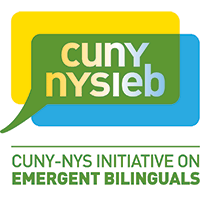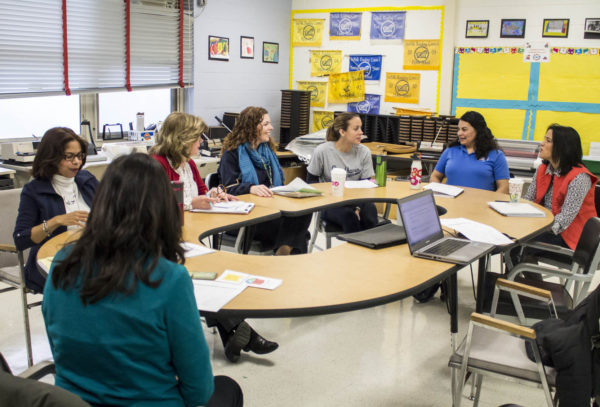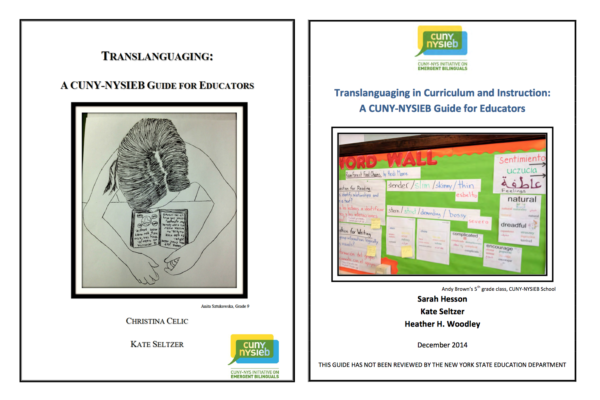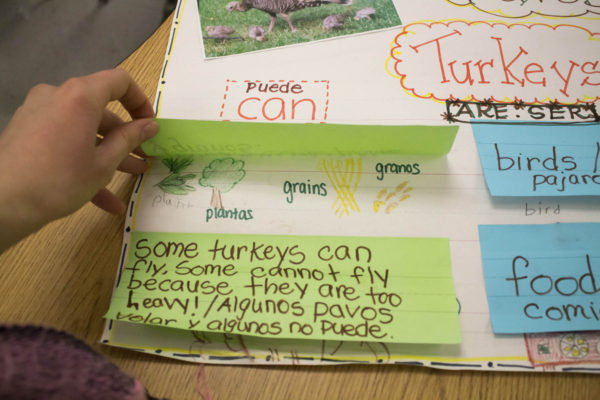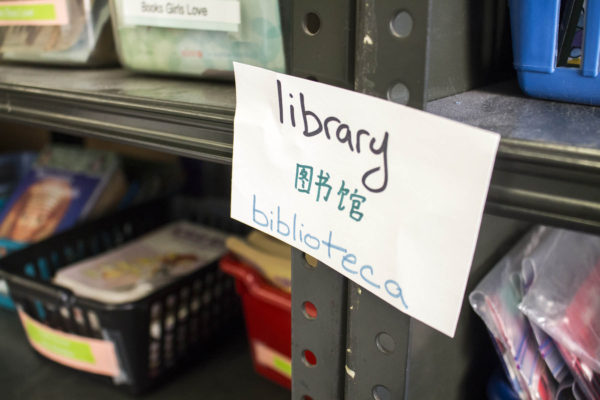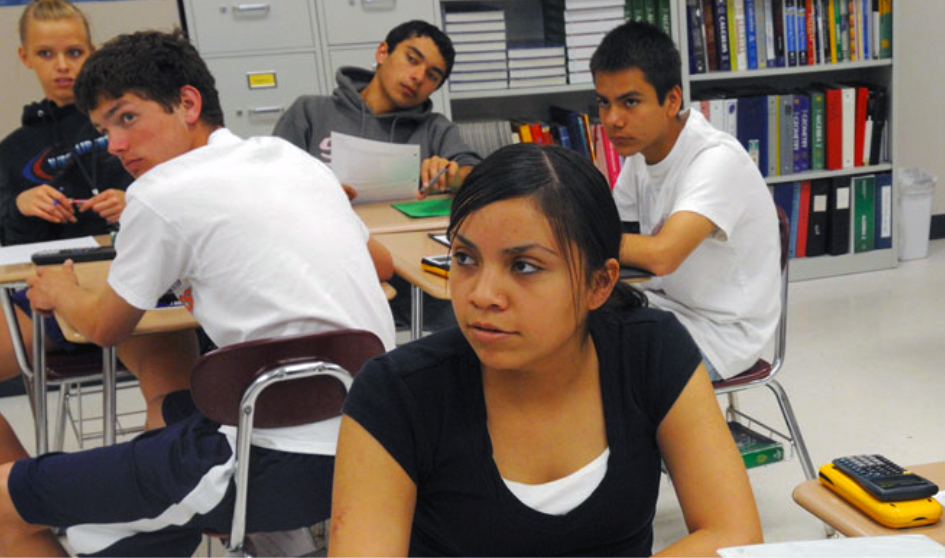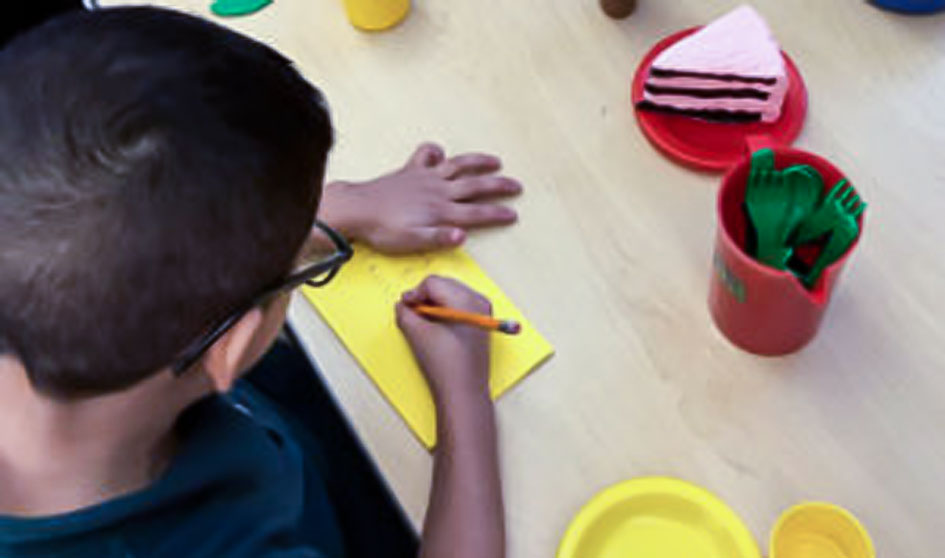What is Translanguaging?
We believe that bilingual language and literacy development are not linear but dynamic. They are dependent on the relationship of speakers with other people and texts, as well as an individual’s relationship with the learning environment. Bilingual students translanguage — make use of their full linguistic repertoires, including features from multiple languages — in order to meet communicative and academic needs in standard English and other languages, and to learn challenging new content.
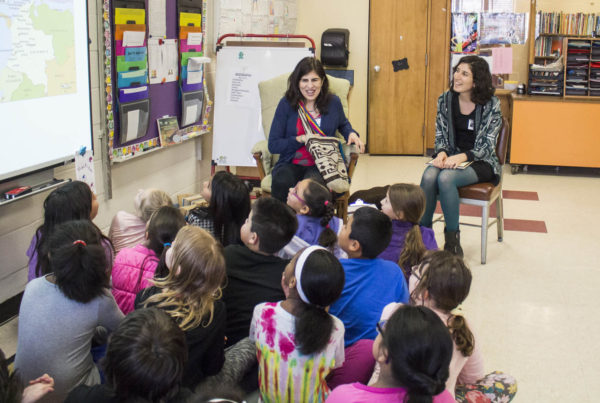
Translanguaging is increasingly the norm in multilingual communities where European structuralist-era notions of “one language, one people” are thrown into question (García 2007, pg xxi). Postcolonial and postmodern authors use translanguaging intentionally in powerful ways for critical and literary effect. The trans- prefix communicates the ways that such practices “go beyond” use of state-endorsed named language systems (García and Li Wei, 2014, pg 42).
Teaching Emergent Bilinguals
Since 2011, CUNY-NYSIEB has developed a wealth of resources which school leaders, teachers, and communities can use to support emergent bilingual learners. The concrete tools and strategies we present here unite theory with practice, and respond to needs identified by our partner schools across New York State.
Our translanguaging guides have been accessed by educators across the state and around the world, and our professional development materials have been adapted for use in teacher preparation programs. Materials can be browsed by subject, below.
Getting Started: Establishing Your School’s Emergent Bilingual Leadership Team
Bilingualism and biliteracy are assets that all students in New York State should possess to meet the demands of the 21st century. Students who speak languages other than English and who are learning English at school are commonly referred to as “English Language Learners.” We prefer the term emergent bilinguals because it acknowledges the ways these students draw on rich home language practices as they learn. We believe the education of these students must go beyond simply English language learning, to incorporate a challenging curriculum in the content areas that also meets their social and emotional needs.
Translanguaging Guides
The crown jewels of CUNY-NYSIEB, these guides offer dozens of strategies and approaches for teachers working with emergent bilingual students at all grade levels and in all program models.
Nurturing a Multilingual Ecology
Our schools should reflect the entire range of language practices of the children who attend them. The resources in this section help school staff and leaders learn about the languages and cultures of their students, and then reflect on the ways all students’ language practices might be integrated into the school environment to create a truly multilingual ecology.
Culturally Relevant Books and Resources
Bringing culturally and linguistically relevant literature into the classroom embraces the language practices, cultures, and identities of bilinguals. Resources in this section include a guide to Latino literature, as well as lists of books and resources featuring characters from a range of other cultural and linguistic backgrounds.
Resources for Work with Particular Subgroups
Emergent bilinguals are a diverse group of students who face different challenges and possess different strengths. Consult these resources to help you adapt your curriculum and instruction to the needs of Students with Interrupted Formal Education, undocumented students, and other subgroups.
Fostering Bilingual Reading Identities in Early Childhood Programs: Storybook Extensions
Young emergent bilingual children enter early childhood classrooms with flexible, multimodal language practices that must be validated and leveraged. Play is an opportunity to observe, welcome, and build on students’ emergent multilingualism. Teachers of young multilingual learners must provide plenty of opportunities for young children to express their knowledge bilingually and extend their dynamic language practices within play and emergent literacy activities like reading, singing, drawing, writing, and book-related pretend play.
A Study Group on the Potential of Dynamic Bilingualism and Translanguaging in Bilingual Education
Led by Prof. Ofelia García of The Graduate Center (CUNY). Part 1 and Part 2
